I am trying to load different form based on user interaction in single page application. ng-view was helpful until i had to load/hide forms in different divs of same page.
div#1: it will have catalog names populated from ng-repeat.
div#2: should populate forms ( order / schedule / list ) based on button click from top nav.
div#3: should only populate sub catalog list when user selects catalog in div#1.
index.html
<div class="left_column">
<ul>
<li ng-repeat="catalog in catalogs">{{ catalog }}</li>
</ul>
</div>
<div class="top_row">
<ng-view></ng-view>
</div>
<div class="bottom_row">
<ng-view></ng-view>
</div>
app.js
myApp.config(function($routeProvider){
$routeProvider
.when('/orderForm', {
templateUrl: '/orderForm.html',
controller: 'orderFormController'
})
.when('/scheduleForm', {
templateUrl: '/views/html/parameterForm.html',
controller: 'parameterFormController'
})
.when('/subCataloglist', {
templateUrl: '/subCataloglist.html',
controller: 'subController'
})
});
How can i load different forms at a time in single page ? is there any better example for multi view logic ?
